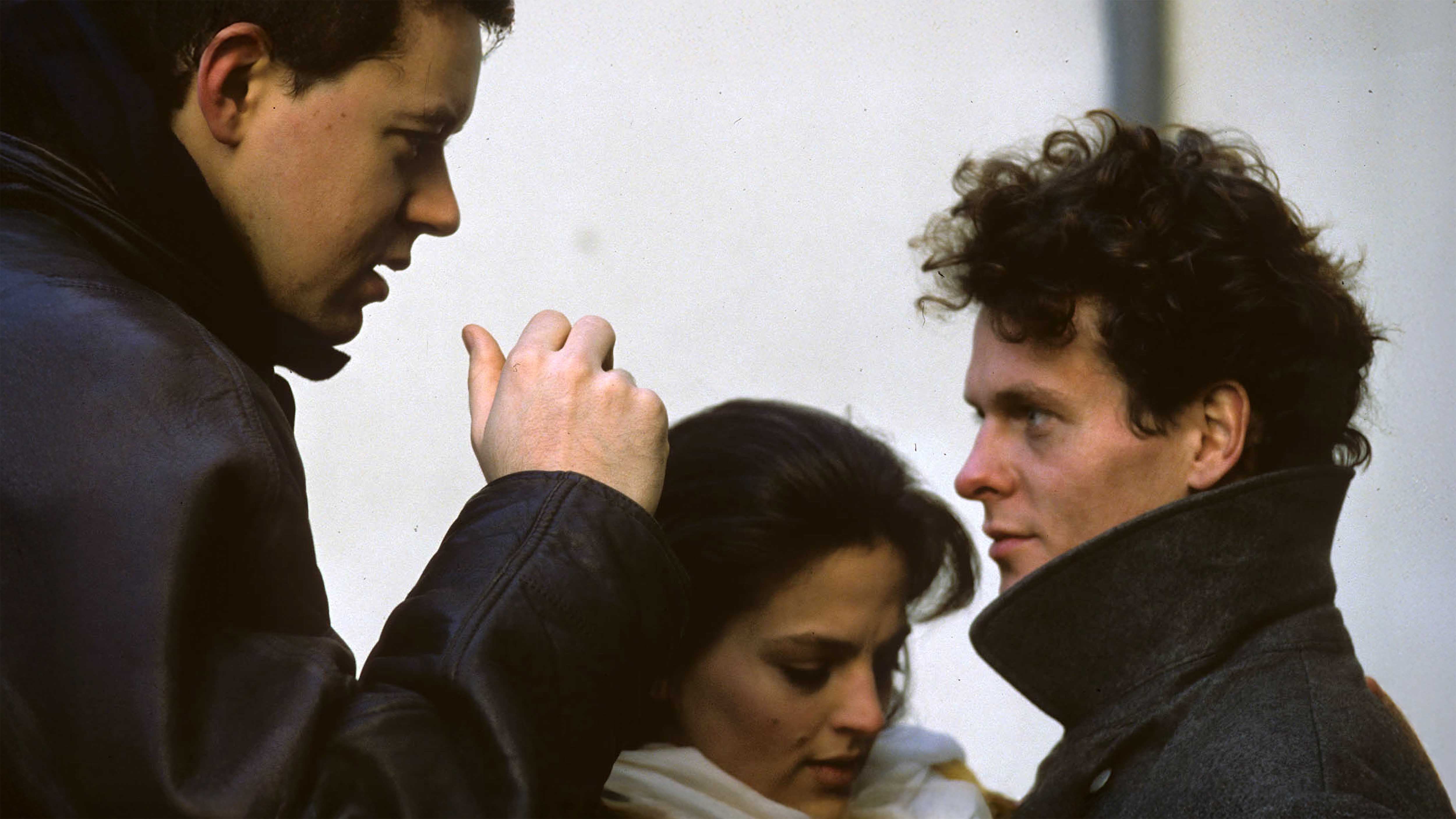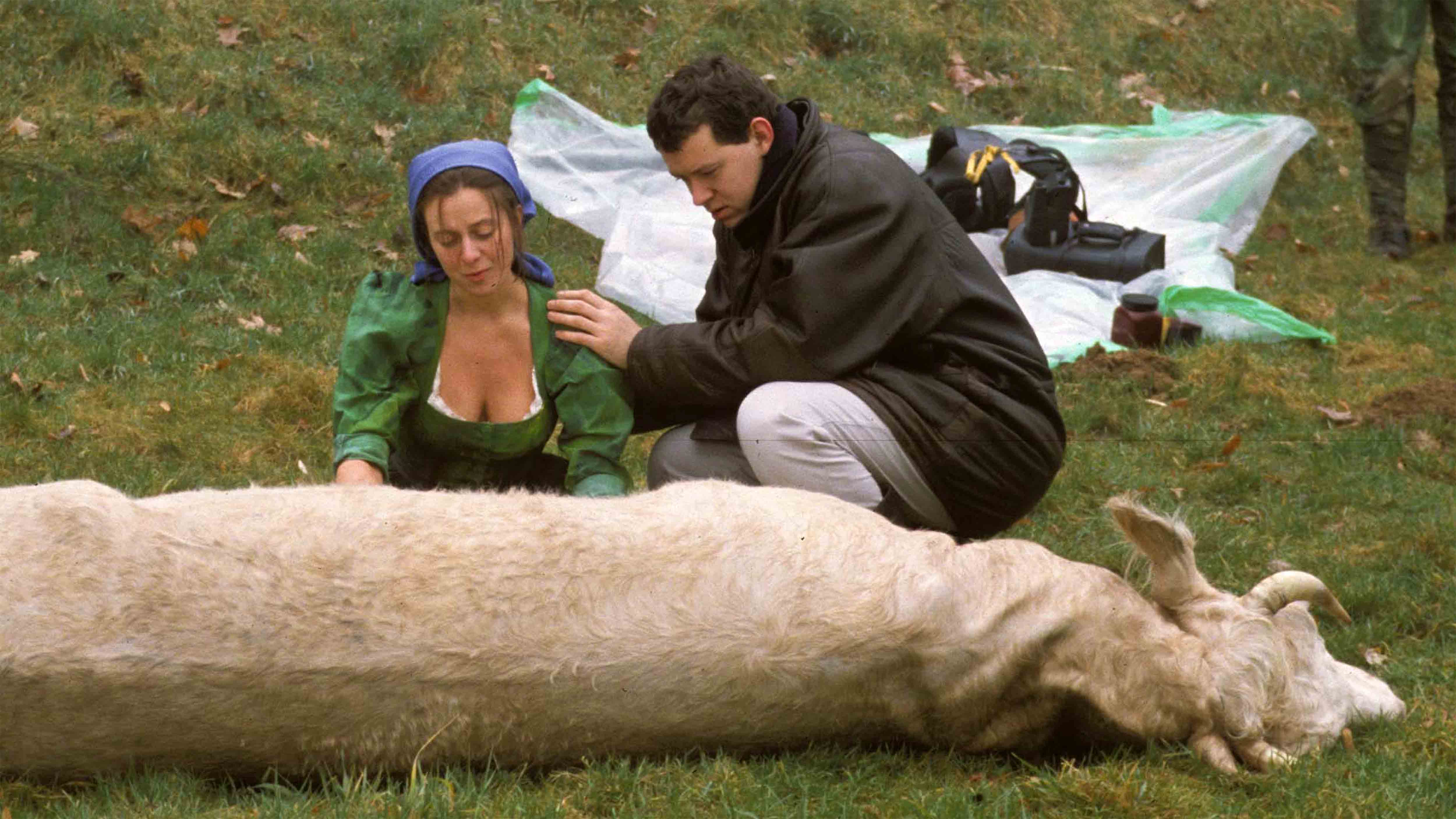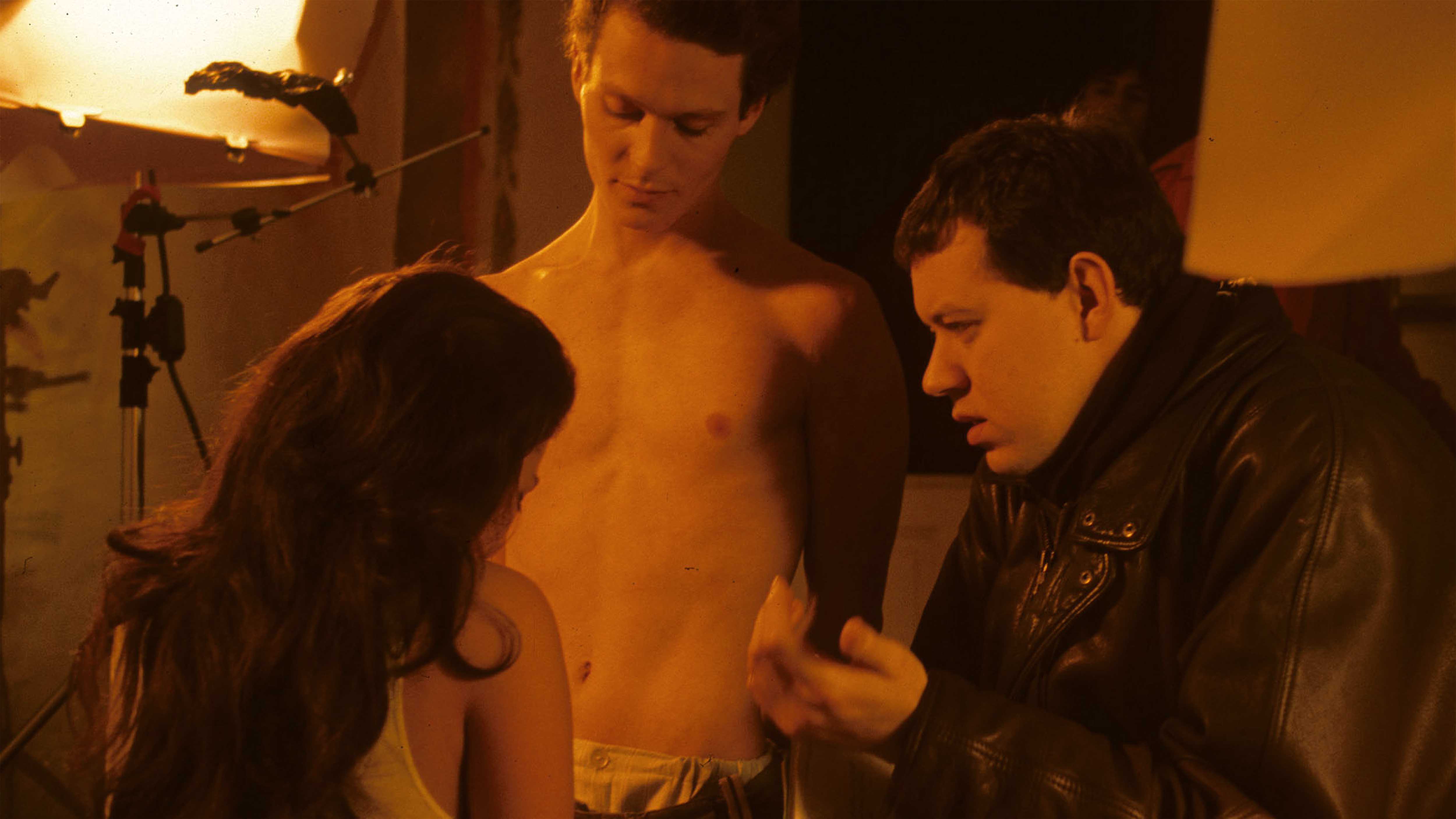
This is the first film ever made from a book by Ernst Weiß, and I am happy to have taken on the challenge. Everybody has some kind of expectation of a film based on a novel by Kafka. If you have not read Weiß, you don't know, why the film looks as it looks.
It is not a historical film, but rather an archetypical film. An allegory of all wars, all Frantas. And Jan Kurbjuweit as Franta - it was his first experience as a film actor - has successfully communicated this dimension. At the same time, I wanted to show just how far one can take the medium film without ignoring the needs of the audience.
The novel by Ernst Weiß is a very impressive literary work. You have to find unusual ways of translating such power of language into a motion picture. The power of colours can be such an element in a film. Whole economic branches - like the advertising industry or package designers - live off the fact, that people can feel the significance of colours without even thinking about it. You can buy colour tables that clearly define the basic effect and meaning of different colours.
Using colour in film has already been a subject of my interest eight years ago while I was studying. That's why I agreed to Jan Jäger's (scriptwriter) suggestion to cooperate with a friend of his, the painter Willi Regensburger.
The trust Susan Schulte (content development) and Dr. Dietrich Mack (production Südwestfunk) had in the project, made it possible to put the theories into practice: words did not suffice to communicate the concept. The director's assistant Esma Yilmaz and the painter Willi Regensburger were the only ones familiar with this new storytelling-style. Every member of the staff was just involved with the responsibility of their own work and it was hard for them to comprehend this new approach. Doubts and scepticism obviously had to arise.

The confidence in a film-concept of a young director, and the outstanding realization by the SWF-staff were extraordinary. Logistically, Jürgen Venske and his team made the impossible possible.
The adventurous aspect of this film was that we were unable to look to existing films for orientation. So I learnt as late as during the shooting of the film, how it was supposed to be shot. While the script was being developed I could convey what I envisioned to the script writer and the painter. Yet, in practice during the shooting I sometimes had to take a different approach than planned to get closer to Ernst Weiß's intention or to smoothen a scene-transition.
Some elements did not work as expected. Captured on film, a few paintings seemed to lose some of their power. Film obviously is a different environment than an art gallery. Yet other things that I came up with in the process of making the film, like the swift application of costume- or wall-paint to canvas, became immensely important later on in the editing process.
Sometimes it was necessary for Willi Regensburger to create a piece very quickly or to harmonize his work with a scene we had shot. The 16 paintings, drawings and sculptures bear witness of this procedure.
For Ernst Weiß's novel alone we conceived this concept of interwining painting and film. Even though it did work in this case, it cannot just be transferred to any other. There actually are a number of difficulties and risks contained in the approach. It is no surprise at all, that these two independent artforms are rarely unleashed onto one another.
Next to painting, two other equally important creative means were attuned to each other in the development of the theme: set design and costume design.
The result was extraordinary: Convincing actors, outstanding camerawork and lighting, fine sound recording and mixing, as well as editing that can well stand comparison to big screen productions.
Mathias Allary, Regisseur


 Español
Español  Deutsch
Deutsch  Français
Français  English (US)
English (US)